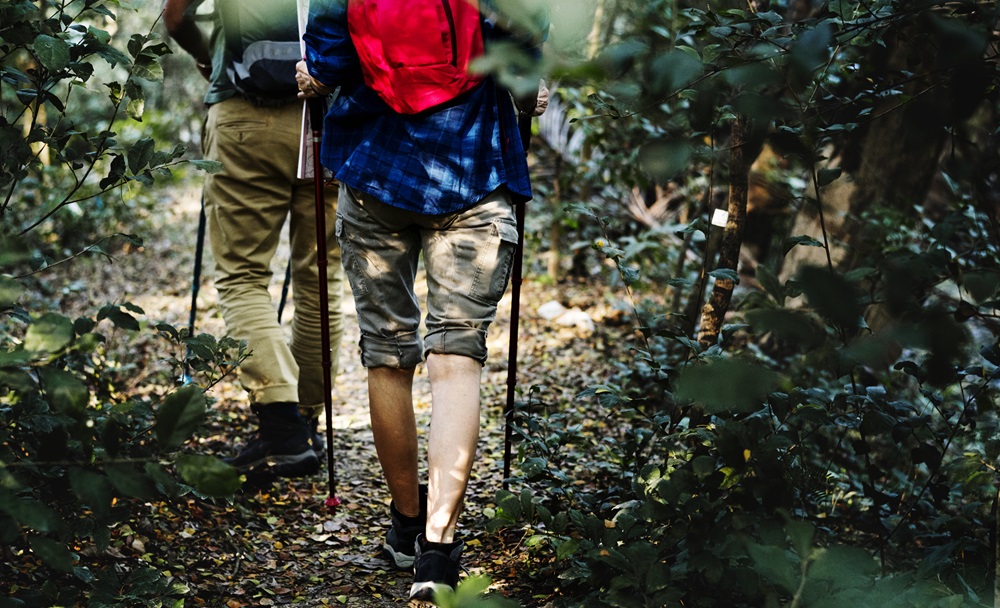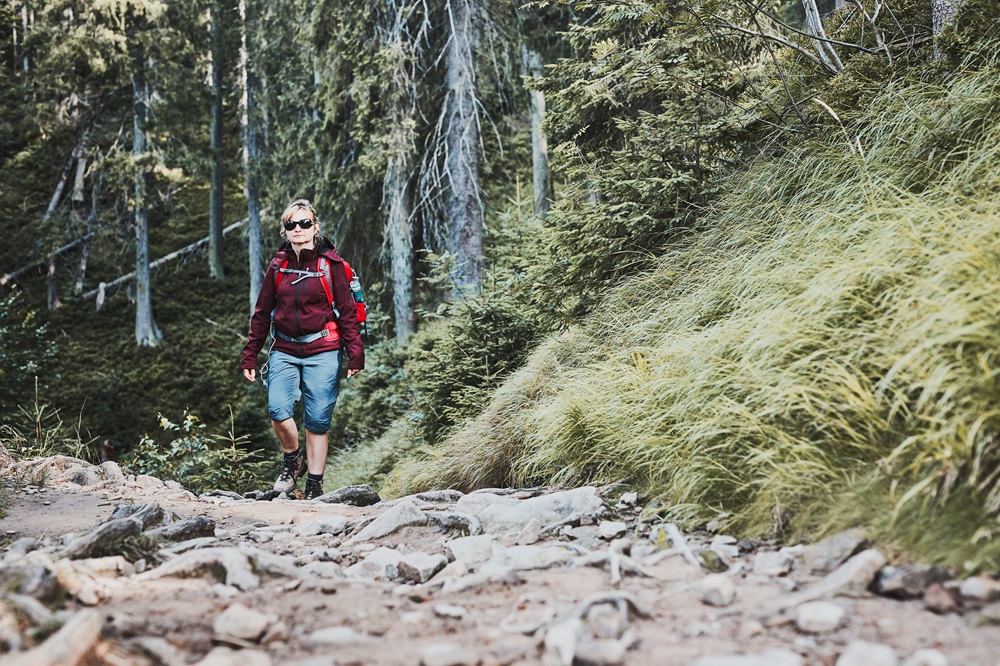When searching for the best hiking pants for girls and women, there are a few key features to prioritize for comfort, performance and style on the trail.
Proper hiking attire can make a big difference in enjoyment while exploring the great outdoors. This guide will cover what to look for when evaluating girls’ hiking pants for your next adventure.
The most important consideration for any hiker is breathability. When exerting energy walking on trails, clothing that does not breathe well becomes muggy with sweat.
Seek out pants made of lightweight material that help sweat evaporate faster. Synthetic fabrics like nylon and polyester promote airflow better than thick cotton.
Useful Features to Look For
- Pockets – Hiking pants with multiple pockets provide practical storage while on the go. Side pockets, back pockets and cargo pockets give space to safely keep essentials close at hand. For girls, bold colors like pink help pockets stand out for storing little treasures found along the way.
- Insect Protection – When hiking near thick brush, marshes or during tick season, pants treated with insect repellent add defense from bites and stings. Brands like ExOfficio embed permethrin into fabric for lasting protection through washes.
- Partial Elastic Waist – For those who do not prefer a full elastic waistband, pants with partial elastic in the back provide more structure while retaining some stretch for flexibility. This offers a flattering silhouette.
- Roll-Up Leg Tabs – When the weather gets hot, pants with buttons or snaps to hold rolled up legs in place allow adaptation to changing conditions. This versatility transitions the pants from cooler to warmer temperatures.
- Light Colors – Lighter shades of gray, green and brown help reflect heat compared to black. Khaki is a popular hiking pant color thanks to hiding dirt and blending into natural environments. For younger girls, brighter pinks and purples inject fun self-expression.
- Moisture-Wicking – Fabrics designed to pull perspiration away from skin and disperse it across the surface facilitate fast drying. This characteristic keeps hikers cooler and more comfortable mile after mile. Brands use different methods to achieve moisture wicking.
What to Avoid?
On the flip side, certain features can hinder performance and should be avoided when possible:
- Cotton Fabric – Although soft, pants made of primarily cotton soak up sweat and can feel heavy when wet. Cotton also dries slower than synthetic counterparts, remaining damp against the skin.
- Dark Colors – Black hiking pants may look sleek, but darker shades absorb and trap heat more than light ones. This leads to excessive warmth while active in the sun.
- Restrictive Waist or Legs – Any tightness or constriction impedes movement, especially when scaling uneven terrain. Ensure adequate flexibility through stretchy or loose-fitting pants.
- Excess Fabric – Too much extra fabric can snag on thorny brush or stir up allergies from brushing against foliage. Streamlined pants reduce this hazard.
- Noisy Material – Hiking pants that swish with every step announce your presence to wildlife and diminish immersion with nature by breaking its tranquil quiet. Seek out soft, subtle fabrics.

Matching Topwear and Footwear
For full hiking outfits, quick-dry short sleeve T-shirts couple well with girls pants to beat the heat.
In cooler weather or higher altitude, synthetic long underwear and insulating base layer tops boost warmth. Merino wool regulates temperature in all seasons.
On the bottom, high anklet or crew hiking socks cushion miles of movement and wick moisture.
Well-fitting yet supportive hiking shoes grip terrain while reinforced toes and sides protect feet. Waterproof boots withstand puddles and streams during rainy hikes.


